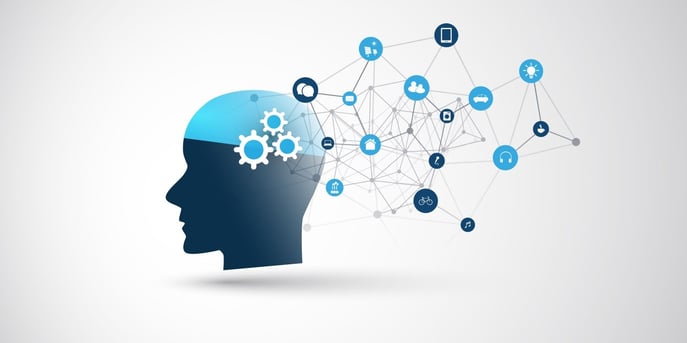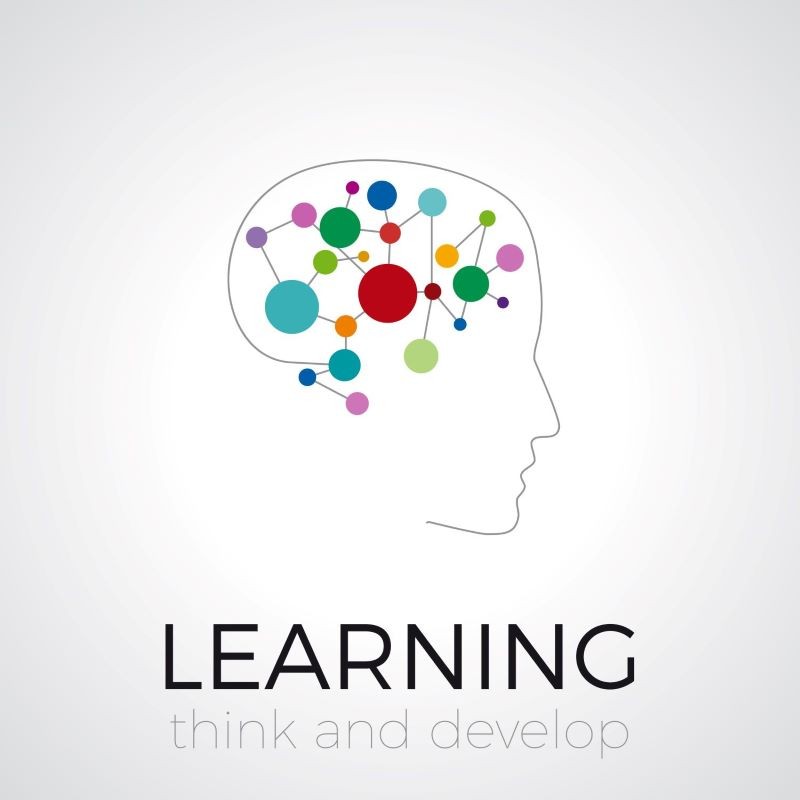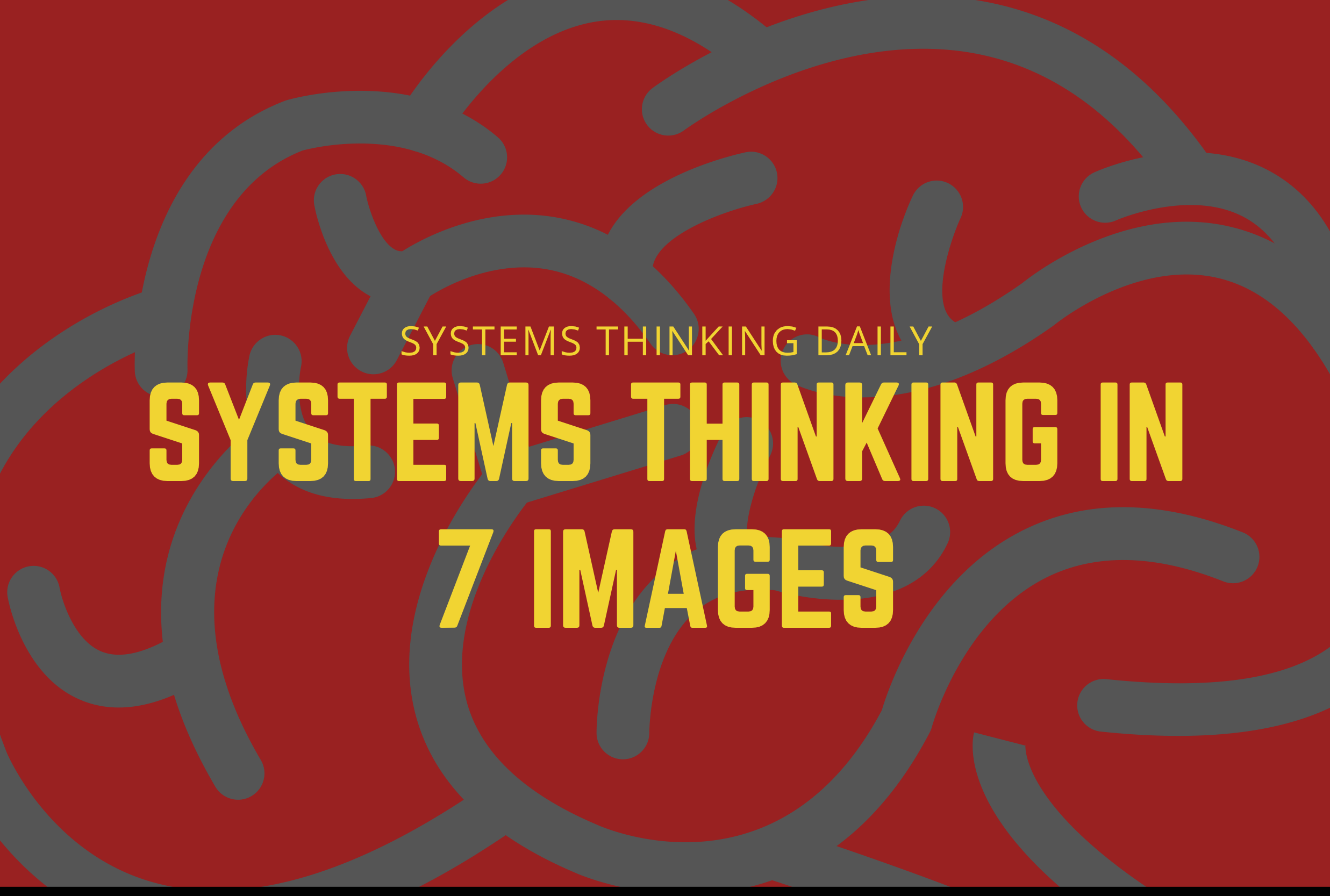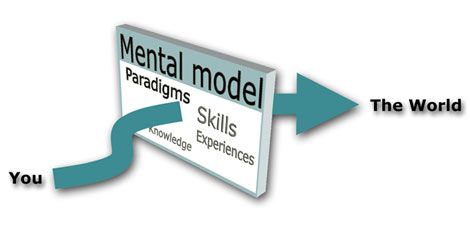A Systems Thinking Approach to Innovation and Digital Transformation Adoption
 Dr. Alex MacCalman
·
4 minute read
Dr. Alex MacCalman
·
4 minute read
Technological innovations and digital transformation initiatives are difficult to adopt. Some of the leading hurdles are culture, archaic IT systems, lack of skills, and lack of a clear leadership vision. During my last years in the Army, I had the opportunity to develop various strategic visions and organizational mission statements that were focused on delivering disruptive technologies and digitally transforming enterprises. Now that I am transitioning from the Army, I had time to reflect on the outcomes of these visions and learned some lessons along the way. The purpose of this article is to share these lessons and describe how I used systems thinking as a foundation to my leadership style, the culture I fostered, and the management of my efforts to achieve strategic outcomes. First, I will introduce systems thinking, then provide references to the various mission and vision documents I created and conclude with the lessons I learned.
 What is Systems Thinking? While I was an Assistant Professor at West Point, I met Drs. Derek and Laura Cabrera from Cornell University. I was inspired by their systems thinking and organizational leadership frameworks they developed as they continue to progress towards achieving a vision of “7 billion systems thinkers.” See the following link to learn more about these fascinating frameworks from the Cabrera Research Labs: https://www.cabreraresearch.org/. To summarize, their framework provides four simple rules of systems thinking that form the basis of metacognition, “thinking about thinking.” Their rules include making distinctions, developing part-whole structures, defining relationships, and taking perspectives. Our brains naturally combine these four rules to assemble information into mental models that express our understanding of the world. We update our mental models as we learn more information. In their book “Flock Not Clock, Design, Align, and Lead to Achieve Your Vision,” Drs. Derek and Laura Cabrera extend their systems thinking approach to organizational leadership using another set of four simple rules. These rules include vision, the future we see, mission, the actions we take, repeatedly, to bring about our vision, capacity systems that provide the readiness to execute our mission and learning that provides continuous modification of our mental models based on feedback from the external environment. Over the past several years, I crafted my organizational mission and vision statements using these simple rules.
What is Systems Thinking? While I was an Assistant Professor at West Point, I met Drs. Derek and Laura Cabrera from Cornell University. I was inspired by their systems thinking and organizational leadership frameworks they developed as they continue to progress towards achieving a vision of “7 billion systems thinkers.” See the following link to learn more about these fascinating frameworks from the Cabrera Research Labs: https://www.cabreraresearch.org/. To summarize, their framework provides four simple rules of systems thinking that form the basis of metacognition, “thinking about thinking.” Their rules include making distinctions, developing part-whole structures, defining relationships, and taking perspectives. Our brains naturally combine these four rules to assemble information into mental models that express our understanding of the world. We update our mental models as we learn more information. In their book “Flock Not Clock, Design, Align, and Lead to Achieve Your Vision,” Drs. Derek and Laura Cabrera extend their systems thinking approach to organizational leadership using another set of four simple rules. These rules include vision, the future we see, mission, the actions we take, repeatedly, to bring about our vision, capacity systems that provide the readiness to execute our mission and learning that provides continuous modification of our mental models based on feedback from the external environment. Over the past several years, I crafted my organizational mission and vision statements using these simple rules.
Mission and Vision Statement Examples. To keep this article short, I will provide references for each mission and vision statement with a brief description about the organization’s purpose. Each relevant word inside the mission and vision statements are distinctions that all have part-whole structures, relationships, and various perspectives among them. I developed mental models of the statements visually and in words throughout all the documents I will share in this article.
In 2016, I led a team of analysts at the United States Special Operations Command where we developed analytical frameworks to support resourcing decisions for special operations forces employment and a $50B budget. Click here to see the Studies Branch mission, vision, and organizational priorities.
From 2017-2019, I led a project to build a complex system known colloquially as the “Iron Man Suit.” I included the mission and vision statements inside the systems engineer plan that outlines the technical approach for achieving the vision. Click here to see the systems engineering plan.
For more information about this fascinating project, see this video for the SOFIC conference presentation about the entire system life cycle and the strategic pivot towards hyper-enabling the operator:
From 2019-2022, I led efforts to digitally transform the Army Test & Evaluation (T&E) Command. Click here to see the Digital Transformation Strategy. In 2021, I founded a new organization focused on modern analytics, AI methodologies, and digital engineering practices. Click here to see the organization’s mission, vision, and capacity system definitions.
Lessons Learned. Now it’s time for the lessons. The first lesson is to set aside time each week to think. Due to the nature of our work, we often are consumed with reading and responding to emails, sitting in meetings, and creating slides. Although these activities are necessary, they distract us from the deep thinking, problem framing, reading, coding, analyzing, writing, and learning that will lead to strategic outcomes. When we consume our time with lengthy meetings our productivity suffers. I can attribute a lot of my success to the time I devoted into systems thinking, not only in the beginning while crafting mission and vision statements, but all along the way. Creating visual mental models while using the systems thinking simple rules allowed me to clearly articulate our goals, priorities, the functions we must perform, and our intended outcomes. Additionally, crafting visual mental models to define problems and ideate on solution architectures facilitated better understanding, collaboration, and creative solutions.

The second lesson is to foster a culture of learning. Learning is the fuel that increases our capacity to perform our mission. When the entire team embraces the simple rules of systems thinking and devotes energy towards upskilling, the organization will do more with less and be fulfilled by the impact they make on the team’s mission. An organization that values improvements to work processes more than the work itself is one that fosters a culture of learning. The essence of an organizational culture is when team members share the same mental models that support the mission and vision. When team members learn to do their mission every day while sharing the same mental models, the organization will achieve its vision. Crafting the mission and vision statements as mental models while involving your team allows everyone to buy into the vision and establish a common purpose. Additionally, when we define the capacity systems that perform the critical functions needed to perform our mission, we can better align our daily work towards what’s most important.

The third lesson is to focus energy on the innovators and early adopters inside an organization. In Everett Roger’s book “Diffusion of Innovations,” he explains how the larger majority adopts new ideas and technology. He categorizes the distribution of adopters as innovators (2.5%), early adopters (13.5%), early majority (34%), late majority (34%), and laggers (16%). Innovators and early adopters are the people who believe in the shared vision and continuously learn to increase their capacity to perform their mission. As a leader, I worked hard at inspiring my team members to be the innovators that act as change agents to rapidly deliver value to the user with successful proof of concepts. In my role at the Special Operations Command, we develop a long-term vision to hyper-enable the operator while experimenting with ideas using the lean startup methodology developed by Eric Ries. The faster we can get from white board to proof of concept and receive user feedback, the faster we can accelerate innovations. See the following article that defines the hyper-enabled operator vision and the experimental culture we developed to deliver outcomes: https://smallwarsjournal.com/jrnl/art/hyper-enabled-operator. While at the Army T&E Command, our vision was to accelerate decisions with democratized, quality data. My team recruited talented engineers with a growth-oriented mindset throughout the enterprise to work on edge and cloud pilots to improve our ability to perform our mission and achieve our vision. These pilots successfully convinced the majority to embrace cloud technologies and we are now delivering our cloud environment into production.
When combined, all three of these lessons had a synergistic impact on the strategic outcomes we experienced. Leveraging the simple rules of systems thinking to craft visions while fostering a culture of learning to deliver quick wins with the innovators and early adopters creates an environment that will accelerate our innovation and digital transformation adoption.
I hope you find this article and references helpful. Thank you for reading and I look forward to connecting with you.
.png?width=150&height=150&name=CRL%20GOAT%20Logo%20(4).png)


